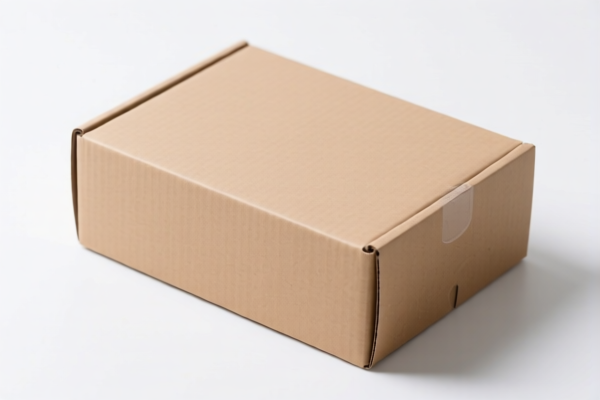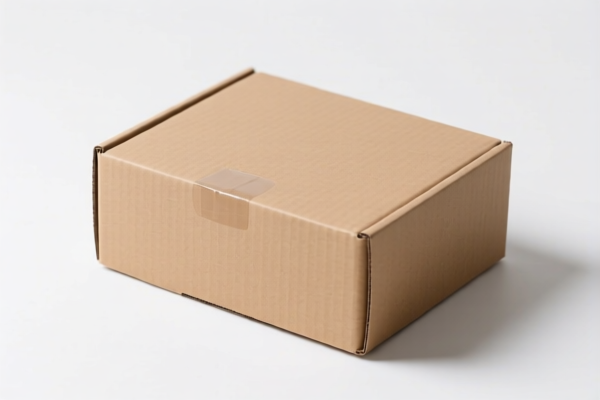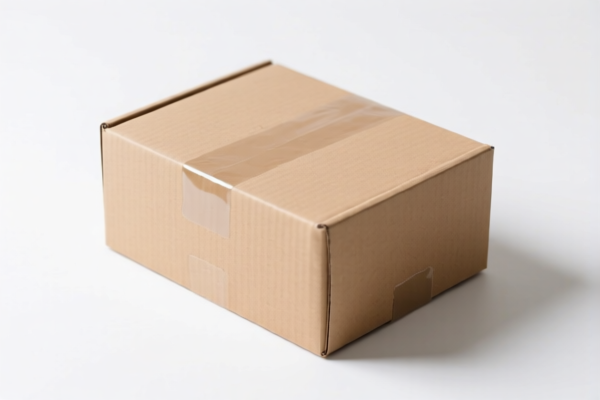| HS Code | Official Doc | Tariff Rate | Origin | Destination | Effective Date |
|---|---|---|---|---|---|
| 4820900000 | Doc | 55.0% | CN | US | 2025-05-12 |
| 4823901000 | Doc | 55.0% | CN | US | 2025-05-12 |
| 4823902000 | Doc | 55.0% | CN | US | 2025-05-12 |
| 4901990091 | Doc | 37.5% | CN | US | 2025-05-12 |
| 4901990092 | Doc | 37.5% | CN | US | 2025-05-12 |
| 4911100080 | Doc | 37.5% | CN | US | 2025-05-12 |
| 4911998000 | Doc | 37.5% | CN | US | 2025-05-12 |




Paper Menu
A paper menu is a list of food and beverage items offered by a restaurant, café, or other food establishment, printed or written on paper. It serves as the primary interface between the establishment and the customer for order selection.
Material
Typically constructed from paper of varying weights and finishes. Common types include:
- Standard Weight Paper: Economical, frequently used for casual dining.
- Card Stock: More durable, often used for higher-end restaurants or frequently handled menus.
- Laminated Paper: Provides water resistance and increased durability; suitable for high-volume use and outdoor settings.
- Specialty Papers: Textured or recycled papers for aesthetic or branding purposes.
Purpose
The primary purposes of a paper menu are to:
- Inform Customers: Detail available food and beverage options, including descriptions, ingredients, and pricing.
- Facilitate Ordering: Allow customers to select their desired items.
- Promote Items: Highlight specials, signature dishes, or high-profit items.
- Brand Representation: Reflect the establishment’s style and ambiance through design and content.
Function
Paper menus function as a direct communication tool, providing:
- Item Listing: Categorized sections for appetizers, entrees, desserts, beverages, etc.
- Descriptive Text: Details about each item, including ingredients, preparation methods, and potential allergens.
- Pricing Information: Clearly stated costs for each item and any size variations.
- Visual Elements: Images or illustrations to enhance appeal and aid selection (though not always present).
Usage Scenarios
Paper menus are commonly used in a wide range of food service environments:
- Casual Dining Restaurants: Standard paper menus are prevalent.
- Fast Food Restaurants: Often single-use, disposable menus.
- Cafés and Coffee Shops: Smaller menus featuring coffee, tea, pastries, and light meals.
- Bars and Pubs: Menus listing alcoholic beverages, appetizers, and pub fare.
- Takeout and Delivery Restaurants: Menus distributed with flyers or available for pickup.
- Events and Catering: Temporary menus for specific occasions.
Common Types
- Single-Panel Menu: A single sheet of paper, often used for limited selections.
- Bi-Fold Menu: Folded in half, providing more space for items.
- Tri-Fold Menu: Folded into three sections, offering even greater capacity.
- Multi-Page Menu: Bound booklets with multiple pages, suitable for extensive offerings.
- Table Tent Menu: Small, self-supporting menus placed on tables.
- Chalkboard Menu: While not strictly paper, often utilizes paper inserts for daily specials or item changes.
- Digital Menu (QR Code): Increasingly common, utilizes a paper insert with a QR code linking to an online menu.
Paper menus fall under several potential classifications based on their characteristics, specifically page count and content. Here's a breakdown of relevant HS codes:
-
4901990091: This code covers printed books, brochures, leaflets and similar printed matter, containing not more than 4 pages each (excluding covers). A simple, single-page or bi-fold menu would likely fall under this classification.
- Chapter 49: Printed books, newspapers, pictures and other products of the printing industry; manuscripts, typescripts and plans.
- Heading 4901: Printed books, brochures, leaflets and similar printed matter, whether or not in single sheets.
- Subheading 4901990091: Other, containing not more than 4 pages each (excluding covers).
-
4901990092: This code applies to printed books, brochures, leaflets and similar printed matter, containing 5 or more pages each, but not more than 48 pages each (excluding covers). A more substantial menu with several sections and pages would be classified here.
- Chapter 49: Printed books, newspapers, pictures and other products of the printing industry; manuscripts, typescripts and plans.
- Heading 4901: Printed books, brochures, leaflets and similar printed matter, whether or not in single sheets.
- Subheading 4901990092: Other, containing 5 or more pages each, but not more than 48 pages each (excluding covers).
-
4911998000: This code covers other printed matter, including printed pictures and photographs. If the menu is considered primarily a commercial catalog or advertising material, this code may be applicable.
- Chapter 49: Printed books, newspapers, pictures and other products of the printing industry; manuscripts, typescripts and plans.
- Heading 4911: Other printed matter, including printed pictures and photographs.
- Subheading 4911998000: Other.
The total tax rate for codes 4901990091 and 4901990092 is 37.5%, with a base tariff of 0.0% and an additional tariff of 7.5%, increasing to 30.0% after April 2, 2025. The total tax rate for code 4911998000 is also 37.5%, with the same tariff structure.
Customer Reviews
No reviews yet.